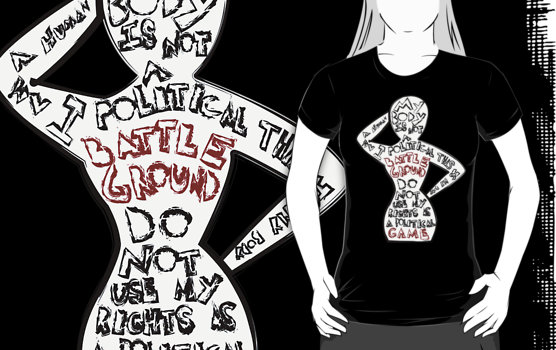Why Are Feminists So Apolitical?
Why is the Indian feminist movement so apolitical?
Why is it that the feminist movement, if one can call a few uncoordinated voices that, so shrill and apolitical in India? Except for a woman’s organisation like the All India Democratic Women’s Association that makes the necessary linkages between women rights violations and the political structure, most others try to pursue the agenda by keeping their heads over and above political waters. And of course AIDWA’s ability not to do this also arises from the fact that it is the woman’s wing of the CPI(M) and hence political and articulate on all issues.
Women’s movement in India has really become confined to sexual harassment which while extremely important does not take into account the reasons for it. It is to do with patriarchy of course, but it has also to do with the law, with politics, with security, with hate and divisiveness. It cannot be tackled by laws, draconian or otherwise, but by a movement against exploitation in all its forms for it to have an impact. For instance, the protest against the hanging of the two young Dalit girls in Badaun by Yadav villagers has to be linked by the women’s organisations to exploitation under the caste system. It is not a stand alone issue, nor is it just administrative failure, it is extremely complicated beginning from the exploitation within and then without.
The point being made here is that without understanding the full dimension of exploitation, feminists tend to reduce violence against women to the specific case and act. The furore over, laws are passed that tend to isolate sexual violence from the political social milieu surrounding it, and hence the issue of real justice gets lost in the cacophony.
Women’s meetings speak either of love and happiness, or of rape and sexual exploitation, or of patriarchy without going into its political playout on the ground, and then of course the law through which the victims of sexual assault can get justice. These are all highly important aspects of course and need to be dealt with at all these levels, but somehow because of their apolitical nature and lack of knowledge and interest, women’s organisations are unable to even deal with say the impact on women of conflict. Hence what is happening to the women in Jammu and Kashmir falls outside the periscope of interest, and the few attempts that have been made to treat the issue of half widows and psychological stress in the Valley as a woman’s issue away from the hard politics causing the conflict, have been either rejected or just fallen by the wayside.
Same applies to the north east where the impact on women of continuing conflict and insurgency has not been noted or even properly analysed by the women’s organisations in Delhi and other parts of India.
These are questions that need to be asked and answered. So that a cohesive policy emerges that keeps women at the centre of decision making and action insofar as the womans movement is concerned, but also realises the importance of all the other issues that lead to not just sexual violence, but the deep exploitation of women at different levels.





